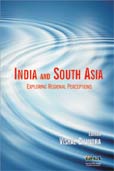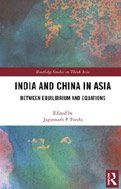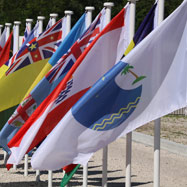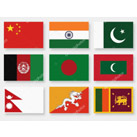Cooperative Security Framework for South Asia
- Publisher: Pentagon Press
2013
This volume brings together views of some of the most eminent scholars and security analysts from South Asia on the challenges and prospects of a cooperative security framework (CSF) in the region. The objective of the volume is to generate debate on CSF and forge a consensus on the issue at the Track-II level. The contributions critically analyse such frameworks in different regions and explore whether it is possible and practicable in the South Asian region.
- ISBN 978-81-8274-705-0,
- Price: ₹ 995/-
- E-copy available













